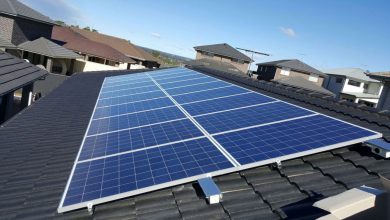As the entire world moves toward cleaner energy solutions, solar tax incentives are becoming a preferred choice for homeowners and businesses trying to reduce power bills and carbon footprints. Installing solar panel systems is a smart investment, but understanding the process and considerations involved is important for a successful transition to solar panel technology.

Why Go Solar?
Solar power offers numerous benefits:
Cost Savings: Reduced energy bills over time.
Sustainability: A renewable and eco-friendly source of energy.
Energy Independence: Less attachment to utility companies.
Incentives: Government rebates, tax credits, and net metering programs.
Step-by-Step Solar Panel Installation Process
1. Site Assessment
A solar installer visits your house to evaluate:
Roof orientation and angle
Shading from nearby trees or buildings
Roof condition and surface area
Energy consumption history
This helps determine system size, placement, and estimated output.
2. System Design
Based on the site assessment, the installer designs a personalised solar system tailored in your energy needs. Key decisions include:
Number and type of solar panel systems
Placement on roof or ground
Type of inverter (string, micro, or hybrid)
3. Permits and Paperwork
Before installation begins, permits and approvals should be obtained. This typically includes:
Local building permits
Utility interconnection agreements
Incentive program applications
Your installer usually handles this.
4. Installation Day
The physical installation normally takes 1–3 days depending on system size. The process involves:
Mounting racking systems
Installing solar power systems
Wiring and connecting inverters
Setting up monitoring systems
5. Inspection and Approval
After installation, an urban area or utility inspector will verify it is safely installed and compliant with regulations.
6. Connection to the Grid
Once approved, your solar product is connected to the grid. If your system produces more energy than you employ, excess power is shipped back to the grid — potentially earning you credits via net metering.
Key Considerations Before Installing Solar Panels
Roof Condition: It’s wise to replace an aging roof before adding panels.
Energy Needs: Review past power bills to estimate your system’s size.
Budget and Financing: Solar systems can be purchased, leased, or financed with loans.
Local Incentives: Check for federal, state, and local rebates or tax incentives.
Installer Reputation: Choose certified, experienced professionals with good reviews.
Solar panel installation is really a valuable investment in clean energy and long-term savings. With the right planning and a qualified installer, the transition to solar may be smooth, efficient, and rewarding. As technology advances and solar gets to be more affordable, now's an excellent time and energy to explore how solar energy can work in your case.
